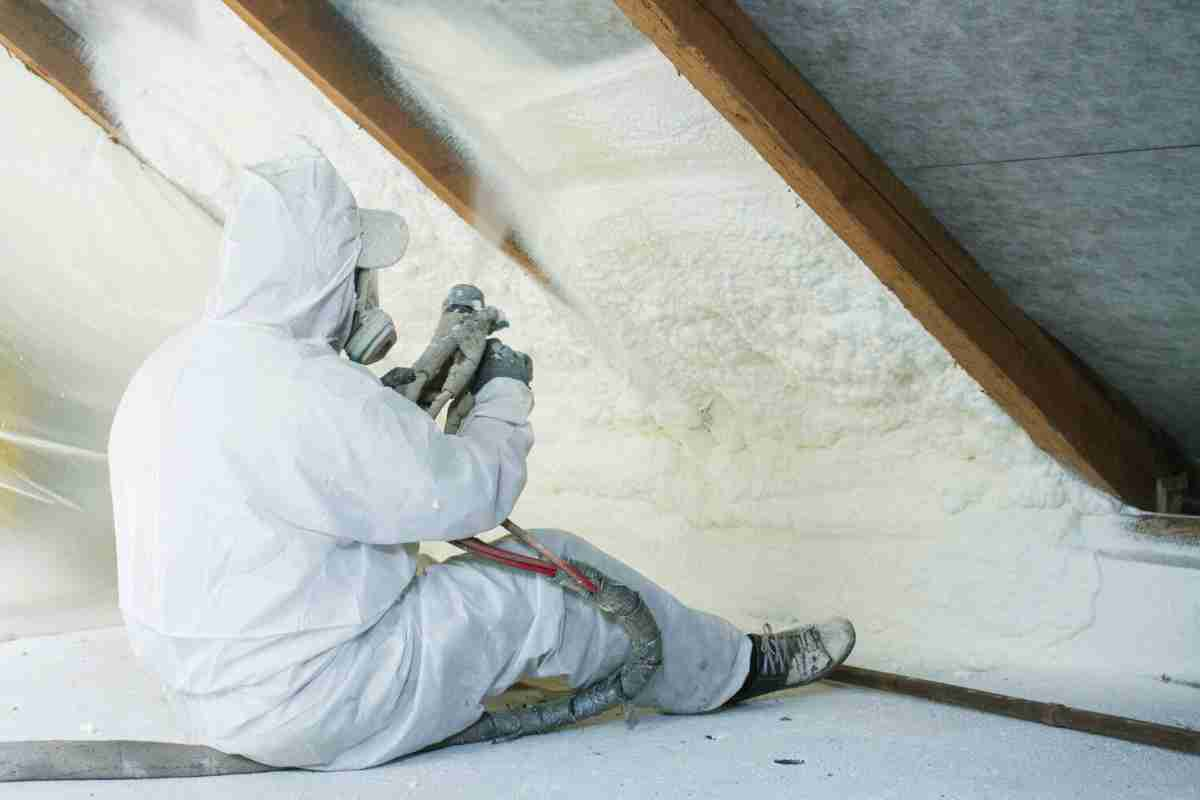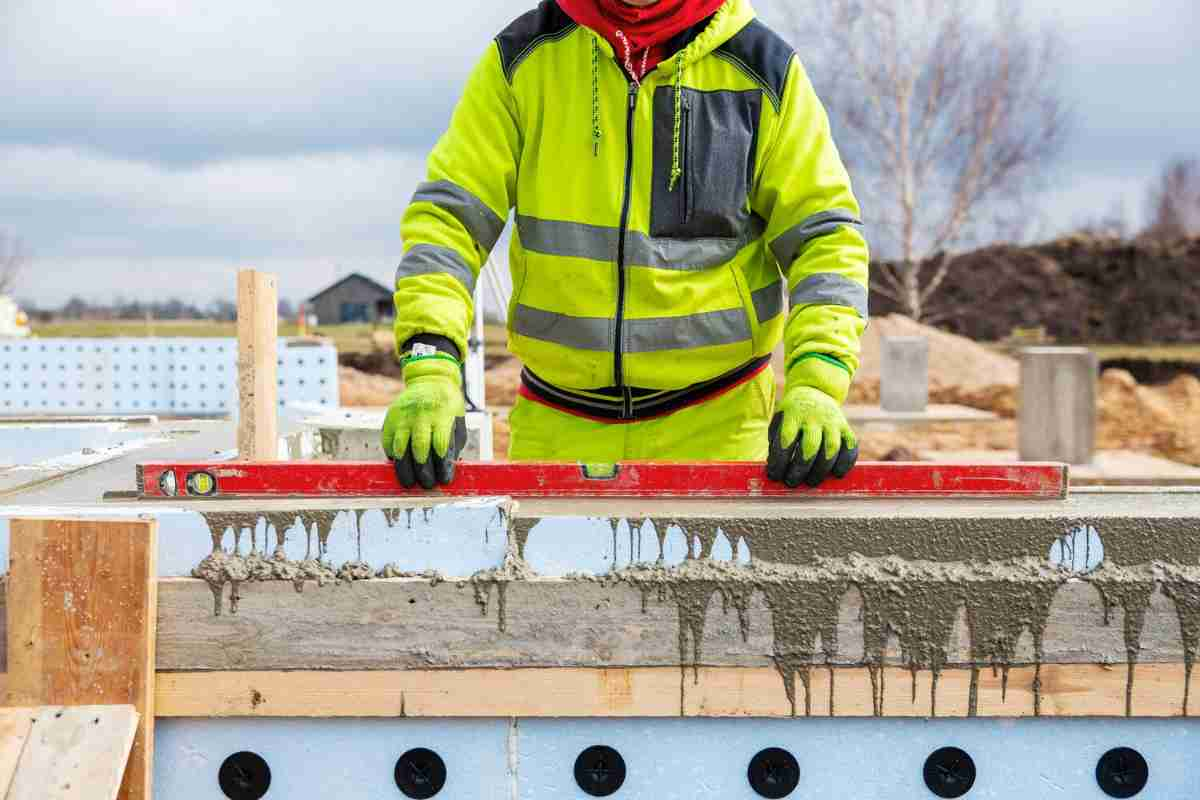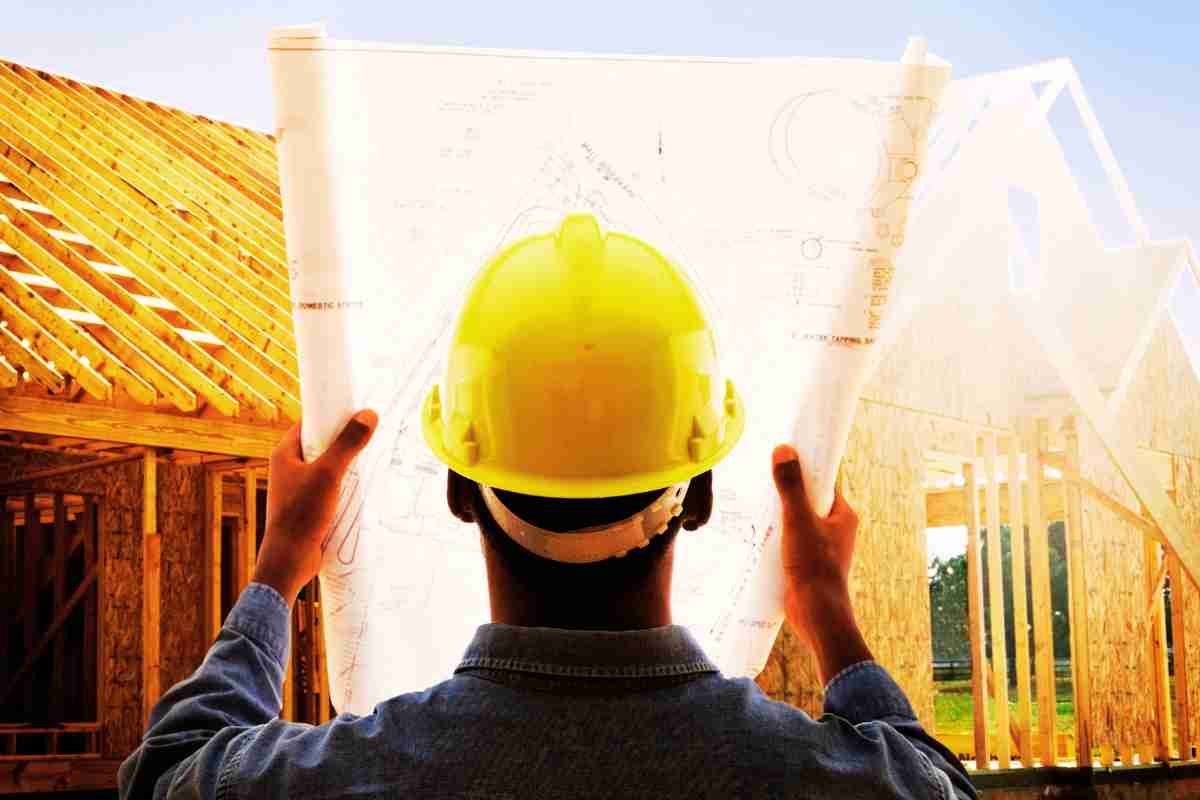How Modern Construction Materials Enhance Energy Efficiency in Homes
Reduce energy bills, save the planet. Discover how modern building materials create energy-efficient, comfortable homes. Sustainable living starts at home.

Energy efficiency is key to reducing utility bills and minimizing our environmental impact. Homes, in particular, consume a significant amount of energy for heating, cooling, and lighting. Fortunately, advancements in construction materials offer innovative solutions to enhance energy performance. By incorporating modern building materials, homeowners can create homes that are not only comfortable but also sustainable and cost-effective.
Traditional vs. Modern Construction Materials
For decades, homes were primarily built using traditional materials such as wood, brick, and concrete. While these materials have served their purpose, they often have limitations when it comes to energy efficiency.
Wood, for instance, is a natural insulator but can be prone to air leaks, which can significantly impact a home's energy performance. Brick and concrete, while durable, have poor insulating properties, leading to higher heating and cooling costs. Additionally, these materials can contribute to thermal bridging, where heat escapes through the building envelope.
In contrast, modern construction materials offer superior energy efficiency. For example, insulated concrete forms (ICFs) provide excellent insulation, reducing heat transfer and creating a more energy-efficient home. Another example is engineered wood, which is designed to be stronger, lighter, and more resistant to moisture compared to traditional lumber. These advancements in material technology have opened up new possibilities for creating homes that are both comfortable and environmentally friendly.

When comparing traditional and modern construction materials, companies like Raycore, along with other trusted providers, demonstrate significant advancements in energy efficiency.
Structural Insulated Panels (SIPs)
Structural Insulated Panels (SIPs) are high-performance building materials that offer significant advantages in energy efficiency. A SIP is essentially a sandwich composed of an insulating foam core sandwiched between two structural panels, typically oriented strand board (OSB). These panels are manufactured under controlled conditions, ensuring consistent quality and performance.
SIPs excel at improving energy efficiency in several ways:
- SIP's continuous insulation eliminates thermal bridging, a common issue with traditional framing where heat can escape through the wood studs.
- SIPs create an airtight building envelope, significantly reducing air infiltration and preventing energy loss. This airtightness also contributes to better indoor air quality by minimizing the entry of pollutants.
Incorporating SIPs into your home's construction leads to lower heating and cooling costs, enhanced comfort, and a smaller environmental footprint.
Insulated Concrete Forms (ICFs)
Insulated Concrete Forms (ICFs) are a modern building system that offers exceptional energy efficiency. These forms are essentially large interlocking blocks made of expanded polystyrene (EPS) or extruded polystyrene (XPS) foam. They are stacked together to create the walls of a building, and then filled with concrete to form a strong, insulated structure.
ICFs provide outstanding energy performance due to their continuous insulation. Unlike traditional wood framing, where thermal bridges can occur, ICFs create a solid, insulated barrier that prevents heat transfer. This means your home stays cooler in the summer and warmer in the winter, leading to significant energy savings. Additionally, the concrete mass of ICF walls acts as a thermal flywheel, absorbing heat during the day and releasing it slowly at night, further regulating indoor temperatures.
Reflective Roofing Materials
Reflective roofing materials, often referred to as 'cool roofs,' are designed to reflect a significant portion of the sun's heat rather than absorb it. These roofing materials typically have a light color or a special coating that increases their reflectivity.
Reflective roofing materials help reduce the amount of heat absorbed by your roof by reflecting sunlight. This, in turn, helps to keep your home cooler during hot weather, leading to lower energy consumption for air conditioning. Additionally, a cooler roof can extend the lifespan of your roofing materials by reducing thermal stress. While the benefits are most pronounced in hot climates, reflective roofing can provide energy savings in various regions.
Advanced Insulation Materials
Beyond traditional fiberglass and cellulose insulation, modern construction offers a range of advanced insulation materials that deliver superior energy efficiency.
- Spray foam insulation is one popular option. It's a liquid mixture that expands and hardens into a dense, airtight foam when applied. This type of insulation effectively fills gaps and cracks, preventing air infiltration and reducing heat transfer.
- Rigid foam insulation comes in boards or sheets and is often used for exterior walls, foundations, and roofs. It provides excellent R-value per inch, meaning it offers high resistance to heat transfer in a relatively thin layer.
- Aerogel is another cutting-edge insulation material known for its exceptional insulating properties. It's incredibly lightweight and has a low thermal conductivity, making it highly effective at reducing heat loss or gain. While still relatively expensive, aerogel is gaining popularity in specific applications due to its superior performance.
These advanced insulation materials offer several advantages over traditional options. They often provide higher R-values, meaning better insulation performance. Additionally, they can create airtight seals, reducing energy loss through air infiltration. Using these materials in your home's construction can greatly enhance energy efficiency and create a more comfortable living space.
High-Performance Windows
Windows play a crucial role in a home's energy efficiency. High-performance windows are designed to minimize heat gain in the summer and heat loss in the winter.
One key feature of high-performance windows is the number of glass panes. Double-pane windows have two panes of glass with a gas-filled space between them, providing better insulation than single-pane windows. Triple-pane windows offer even greater insulation, with three panes of glass and two gas-filled spaces.
Another important factor is the use of low-emissivity (Low-E) coatings. These coatings are applied to the glass to reflect heat back to its source. Low-E coatings can help reduce heat gain in the summer and heat loss in the winter, leading to improved energy efficiency.
Choosing high-performance windows for your home can significantly reduce energy consumption and create a more comfortable living environment.
Smart Glass and Glazing Technologies
Smart glass is a cutting-edge material that can dynamically adjust its opacity or tint in response to various stimuli, such as light, temperature, or electrical signals. This innovative technology offers significant advantages in energy efficiency for homes.
Smart glass helps regulate indoor temperature by controlling the amount of sunlight entering a building. In the summer, it can block excessive heat gain, reducing the need for air conditioning. Conversely, in the winter, it can allow more sunlight to penetrate, providing natural heating and reducing reliance on artificial heat sources.
Smart glass can be incorporated into windows, doors, and skylights. It can also be used as partitions within homes, offering privacy on demand while still allowing natural light to filter through. While initially more expensive than traditional glass, the long-term energy savings and increased comfort make smart glass a worthwhile investment for many homeowners.
Energy-Efficient Siding Materials
Siding is often overlooked when considering a home's energy efficiency, but it plays a crucial role in protecting your home from the elements and regulating indoor temperature. When it comes to siding replacement, modern materials offer improved insulation and durability compared to traditional options.
- Insulated vinyl siding is a popular choice for its energy efficiency. It combines the aesthetic appeal of vinyl with added insulation, helping to reduce heat transfer and improve your home's overall energy performance.
- Fiber cement siding is another excellent option. While not inherently insulated, it offers superior durability and resistance to weather damage compared to traditional wood siding. This can indirectly contribute to energy efficiency by protecting your home from harsh weather conditions that can lead to increased heating or cooling demands.
Opting for energy-efficient siding materials can enhance your home's insulation, reduce energy consumption, and potentially lower your utility bills.
Sustainable Flooring Options
Beyond the walls and roof, even underfoot, sustainable choices can contribute to a home's energy efficiency. Here are two impactful options to consider:
- Cork flooring is an excellent choice for eco-conscious homeowners. It's derived from the bark of cork oak trees, a renewable resource. Cork is naturally insulating, helping to regulate indoor temperatures and reduce energy consumption for heating and cooling.
- Bamboo flooring is another sustainable option. It's a rapidly renewable resource, and bamboo plants require fewer resources to grow compared to traditional hardwood trees. Bamboo flooring offers good durability and can contribute to a home's insulation properties.
- Linoleum flooring is made from natural materials such as linseed oil, cork dust, and wood flour. It's durable, easy to clean, and offers good insulation properties. Linoleum is also recyclable, making it an environmentally friendly choice.
These flooring choices demonstrate that even seemingly small details, like your home's flooring, can significantly impact its overall energy efficiency.
Building a Greener, More Efficient Home
Modern construction offers a wealth of innovative materials that can dramatically enhance a home's energy performance. From the foundation to the roof, there are numerous opportunities to reduce energy consumption and create a more comfortable living space. By incorporating features like high-performance insulation, energy-efficient windows, and sustainable materials, homeowners can significantly lower utility bills while minimizing their environmental impact. While the upfront costs may be higher, the long-term benefits make these investments worthwhile.
Building a greener, more efficient home is not just about saving money; it's about creating a healthier and more sustainable living environment for yourself and future generations.




Comments ()